Most people care about the planet, but knowing what to do about it day to day can feel overwhelming.
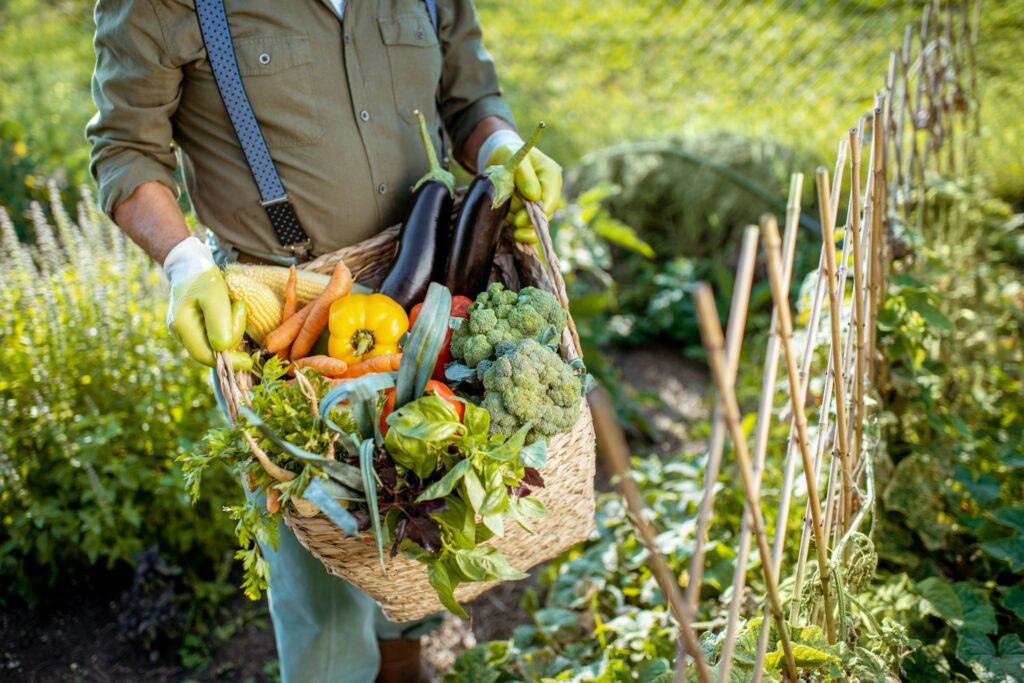
We hear about rising temperatures, plastic in the oceans, disappearing wildlife—but between work, bills, and everything else, it’s easy to feel powerless. The truth is, while no one can fix everything alone, the choices we make do matter. They add up. And when they’re made with care, they help preserve the natural beauty of the Earth that we all rely on.
Being eco-conscious doesn’t have to mean living off-grid or never touching a takeaway coffee cup again. It’s about paying attention and making better choices where we can. Here are 13 ways to do exactly that—without needing a complete lifestyle overhaul.
Buy less, choose better.

The most sustainable item is the one you didn’t buy. Consumer culture encourages constant upgrades, but most of what we throw out ends up in landfill. If you need something, try to buy it once and buy it well. Go for quality over quantity, whether it’s clothes, furniture, or gadgets. Fast fashion and cheap electronics have a hidden cost—environmental damage and unethical labour. Choosing second-hand or locally made options helps reduce your environmental footprint while supporting ethical practices.
Eat more plants.

You don’t need to go fully vegan to make a difference. Just shifting a few meals a week towards plant-based ingredients can reduce emissions, water use, and land clearance linked to animal farming. It’s also usually cheaper and better for your health. Eating seasonally and locally amplifies the impact. Try growing a few herbs or vegetables at home if you have the space—even a windowsill garden helps reconnect you to what you eat.
Cut back on single-use plastic.
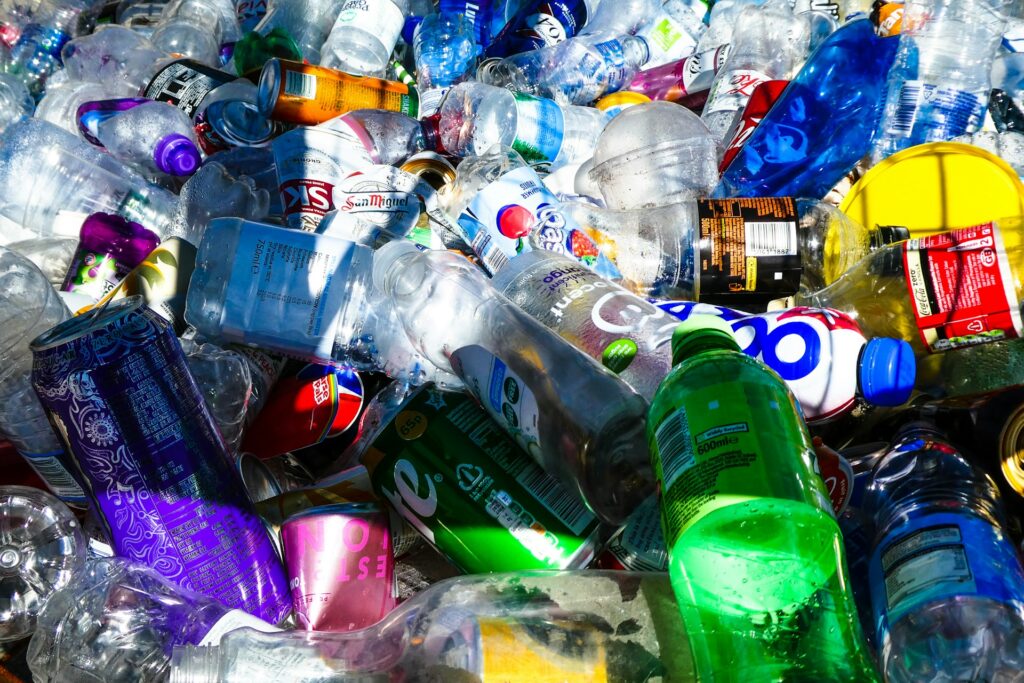
Plastic is everywhere, but a lot of it doesn’t need to be. Simple swaps—like using a refillable water bottle, carrying a tote bag, or saying no to plastic cutlery—make a difference. And the more you make these swaps, the more normal they become. Investing in reusable containers, beeswax wraps, or bulk-buying from zero-waste shops helps reduce the amount of plastic that ends up in landfills or polluting rivers and oceans.
Support local and seasonal food.
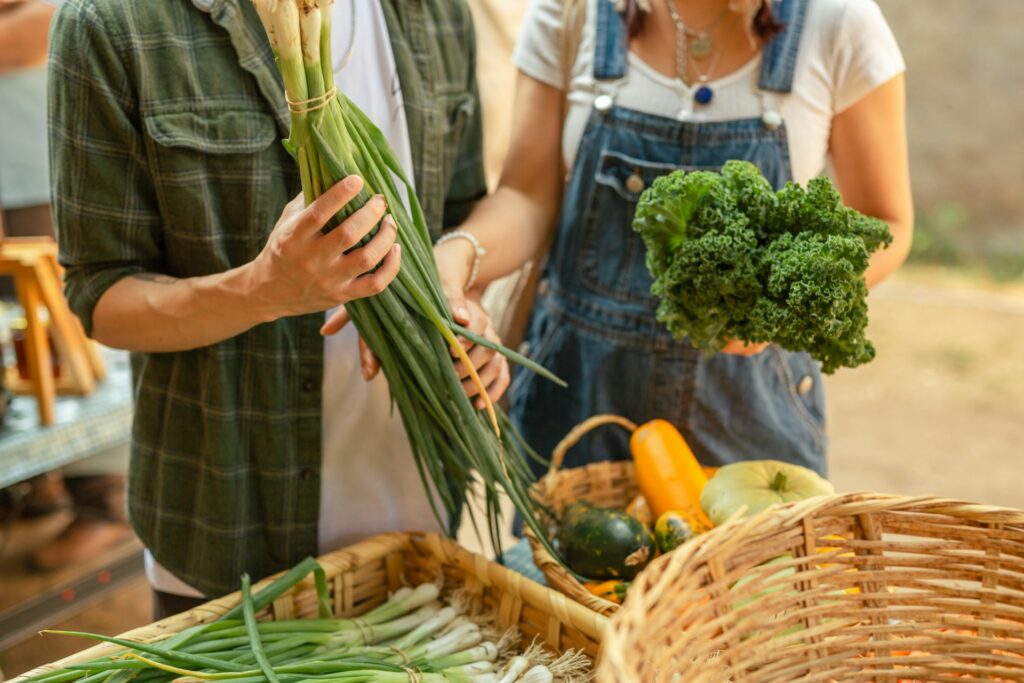
Buying food that’s in season and grown locally cuts down on transport emissions and often supports smaller farms. It usually tastes better, too. Local farmers’ markets, veg box schemes, and farm shops are great places to start. Avoiding air-freighted produce and choosing what’s naturally available helps reduce the energy used in cold storage and transportation.
Switch to renewable energy.
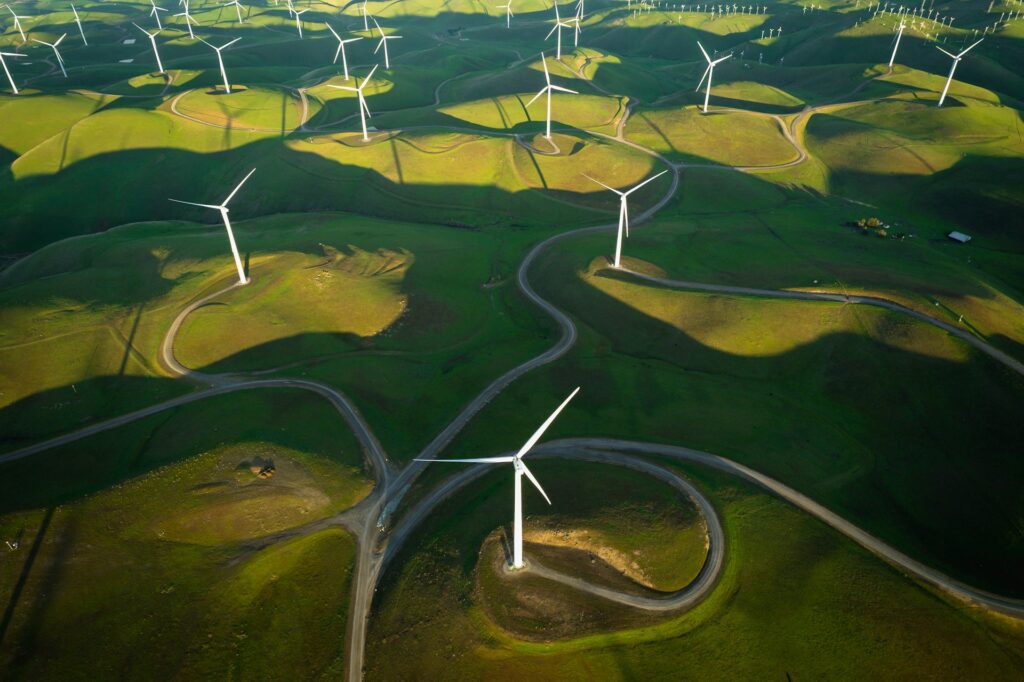
If you’re able to, switching your home energy supply to a green provider is one of the biggest changes you can make. You won’t notice a difference in day-to-day life, but your carbon footprint will drop significantly. Many providers in the UK now offer tariffs sourced from wind, solar, or hydropower. Some energy companies also help fund community projects, so you know your bill is supporting wider change.
Travel lighter.
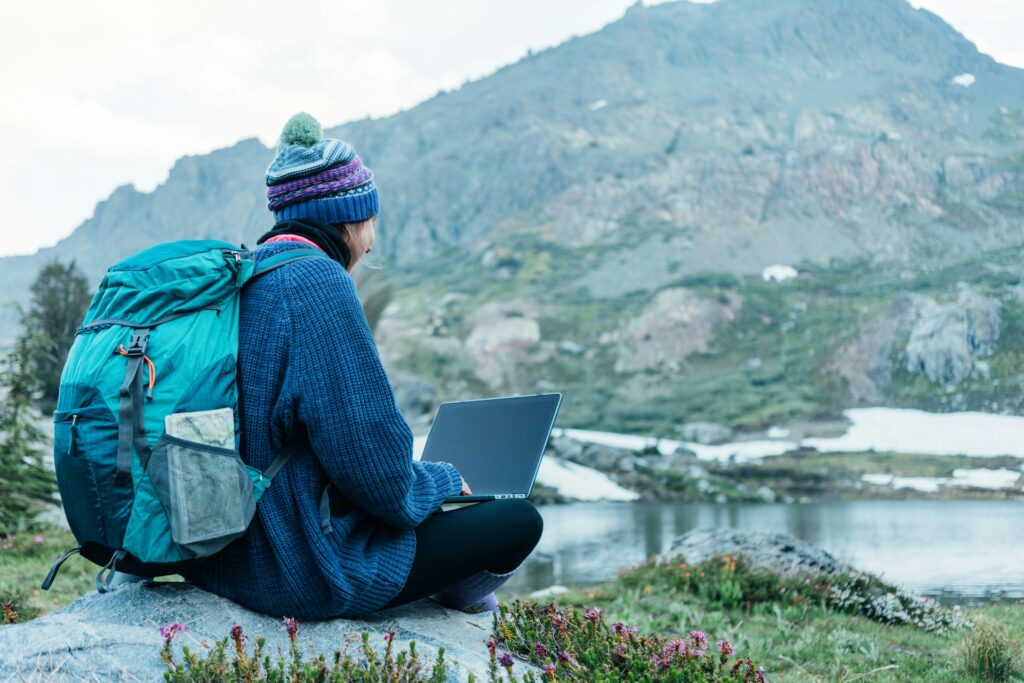
You don’t have to stop seeing the world, but it’s worth thinking about how you get around. Train travel has a fraction of the emissions of flying, and walking or cycling for short trips is even better. For holidays, consider exploring closer to home—it can be just as rewarding. When flights are unavoidable, you can offset your emissions or support conservation schemes that balance out the environmental cost.
Reduce food waste.

Roughly a third of all food produced globally ends up wasted. That’s a huge waste of resources—land, water, energy, and labour. Planning meals, freezing leftovers, and getting creative with scraps can help cut waste and save money. Apps like Too Good To Go or Olio let you rescue food from shops or neighbours. Composting kitchen scraps at home is another way to keep food waste out of the landfill.
Use less water.
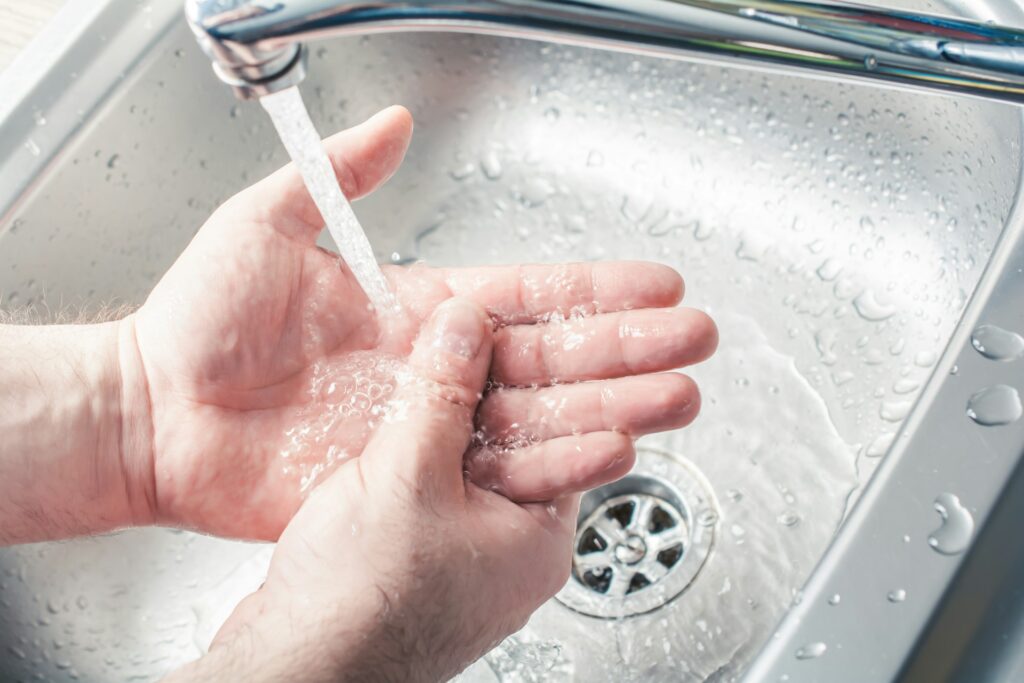
Clean water is a finite resource, and even in rainy countries, we often use more than we need. Shorter showers, turning off taps while brushing your teeth, and fixing leaks are all easy wins. Installing a water butt for garden use is a great move if you have the space. You can also install low-flow taps and dual-flush toilets to reduce your usage further without any sacrifice.
Choose greener transport.
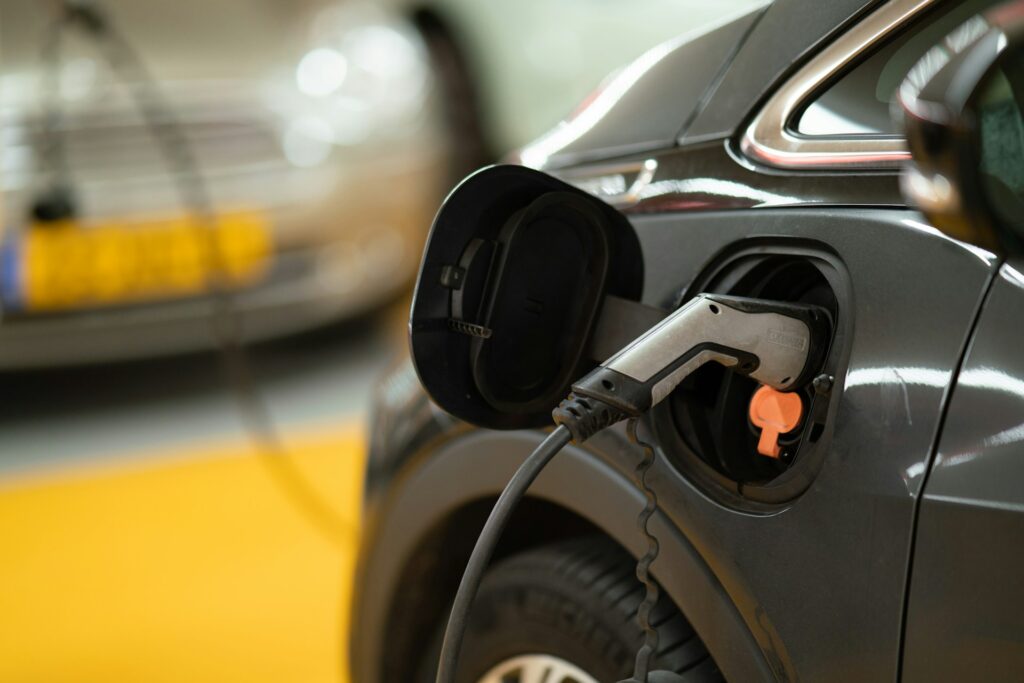
If you drive, consider car sharing, using public transport, or switching to an electric vehicle if you’re in the market for a new one. Even reducing your weekly mileage by a bit makes a difference over time. Many cities are improving cycle lanes and low-emission zones, so look into your local area’s green travel options.
Learn to repair.
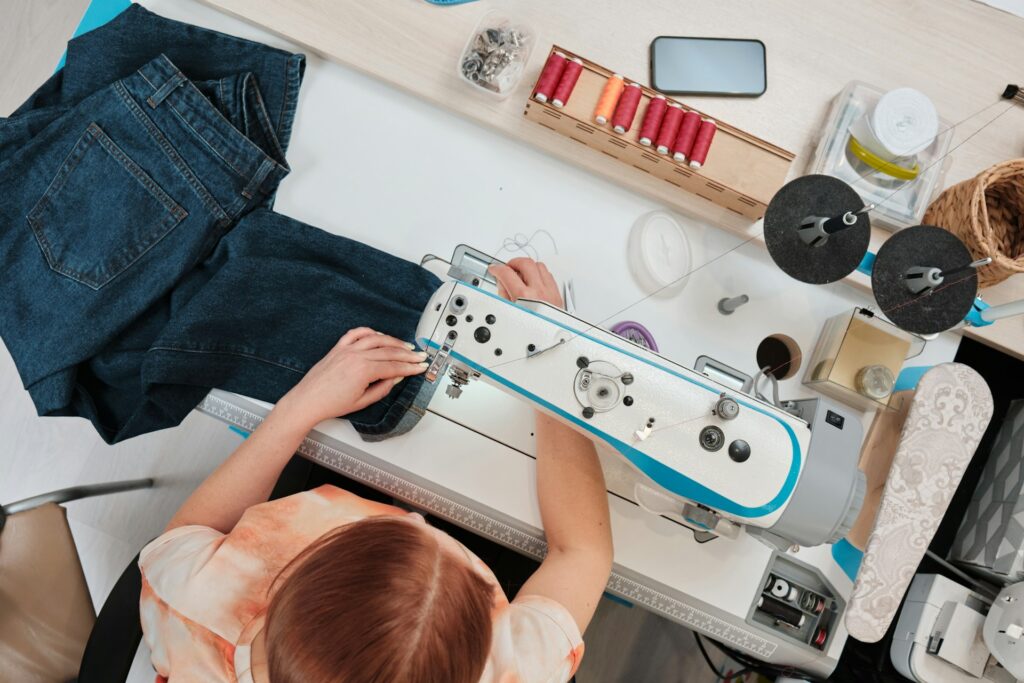
The throwaway mindset has become the norm, but most things can be fixed. Learning basic repair skills—sewing on a button, mending a bike tyre, or patching a wall—can keep stuff in use for years. Repair cafes and online tutorials are a good place to learn. Fixing things saves money and prevents perfectly usable items from ending up in landfill.
Rethink your garden.
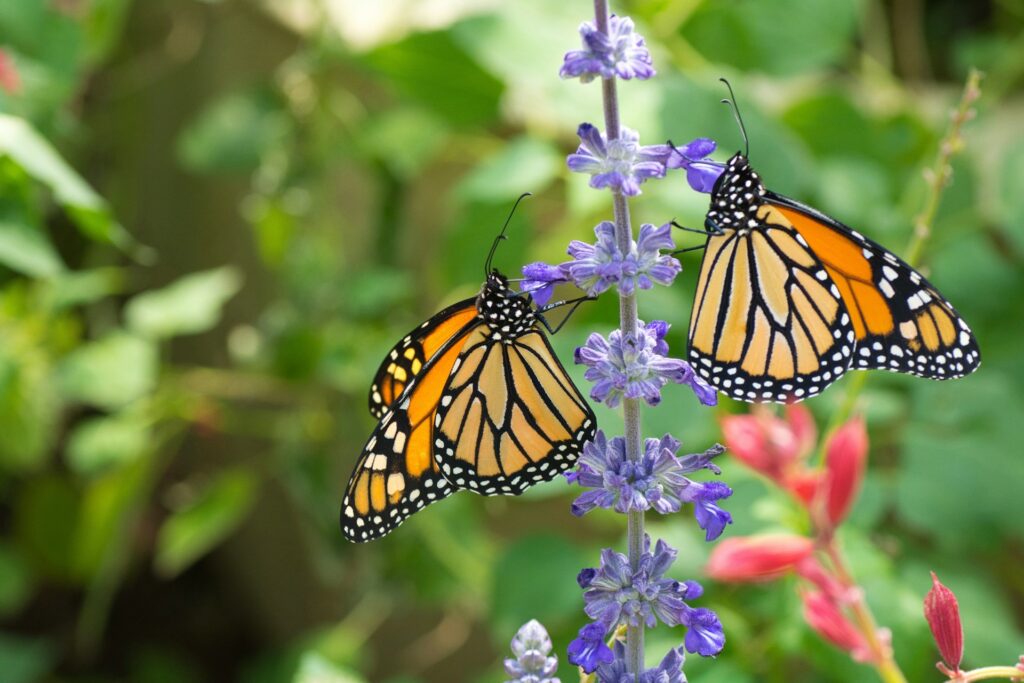
If you have outdoor space, even a small one, let it be a bit wild. Swap grass for native plants, avoid pesticides, and create shelter for insects and birds. A wildlife-friendly garden can support biodiversity and look beautiful doing it. Even a window box or balcony planter can help pollinators and provide a little boost to urban wildlife.
Donate, sell or swap instead of binning.

Before throwing anything out, ask yourself if someone else could use it. Charity shops, online marketplaces, and community groups are all good options for passing things on. It keeps useful stuff out of landfill and gives it a second life. Some libraries and neighbourhood centres now offer tool-sharing or swap events too—great for items you only need occasionally.
Stay curious and keep learning.

Sustainability isn’t about perfection. It’s about staying engaged and open to learning. New solutions are popping up all the time—from refill shops to circular design projects. The more we know, the more we can do. And when we talk about it, we inspire others to try too. Podcasts, documentaries, and social media accounts can help keep you informed and inspired without being overwhelming.
It’s not about guilt—it’s about care.
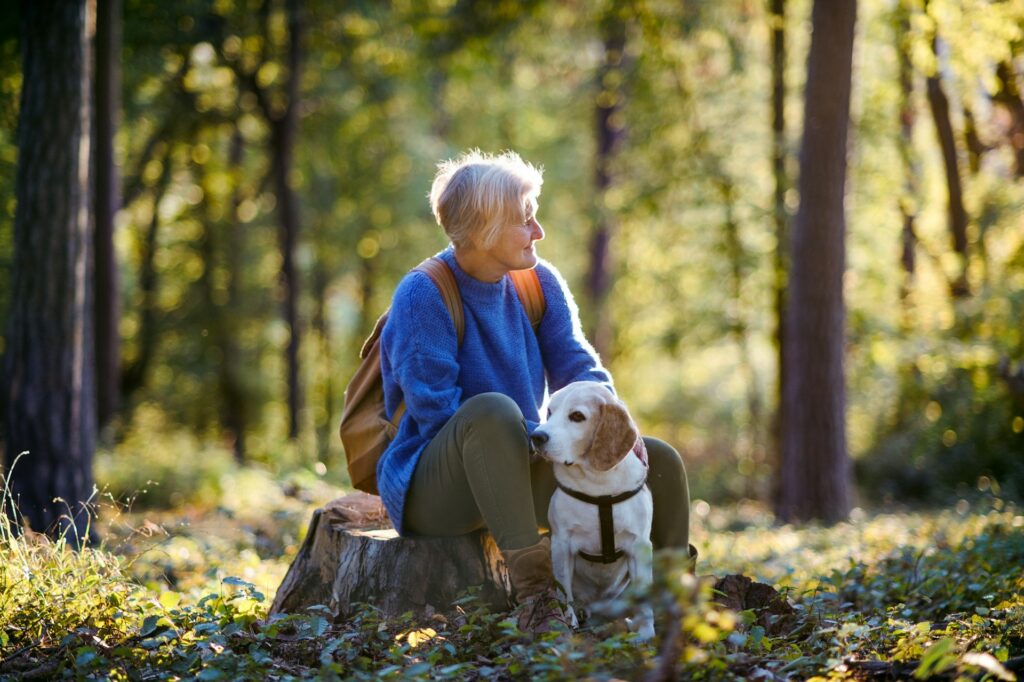
Caring about the planet isn’t about beating yourself up every time you use cling film or forget your reusable bag. It’s about noticing what we’re connected to—and making better choices because we want to protect it.
Earth’s beauty is in its variety—in coastlines and forests, wildlife and weather. Preserving it means treating it like it matters. Every step you take towards being more eco-conscious is a step towards safeguarding something irreplaceable. You don’t have to do it all. But doing something—consistently, thoughtfully—can make a real difference. And when millions of people do the same, that’s when change happens.